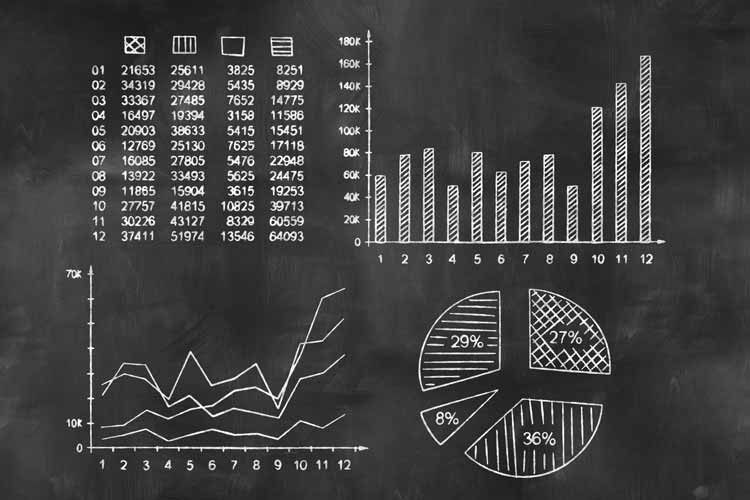
The current bull market rally turns 10 years old this week
Exactly 10 years ago today, the S&P 500 Index (SPX) hit its lowest point of the financial crisis. The index has quadrupled since then. On an annualized basis, the S&P 500 has gained 15% per year over the past 10 years, which has only happened a few other times (we have S&P 500 data since 1929). Looking at the chart below, 15% for 10 years is about as good as you can expect. Let's look at what stocks have tended to do after a decade of extremely bullish returns.

How the S&P Has Fared After Previous Signals
Looking at the chart above, there were three distinct crosses of the 15% annualized return mark before this recent one. I have the dates below, and how the S&P 500 performed going forward. For context, from 1929 through 2018, the average yearly return was 7.1%.
After that first signal in June 1959, stocks underperformed immediately -- falling almost 5% over the next year. In fact, the next decade of returns was disappointing, averaging a 4.86% per-year return over the next 10 years.
The next signal was in August 1992. This was a great time to buy stocks. The S&P 500 rose almost 18% on an annualized basis over the next five years. The 10-year return, which ends near the bottom of the tech bust of the early 2000s, still shows a 7.1% annualized return, which, as noted above, has been average. The final signal occurred at the end of 1997, and overlaps significantly with the signal before it. It occurred with a couple years left during the dot-com boom.

Here's a chart that shows the path of the S&P 500 in the 10 years that led to the 15% annualized return, and then the 10 years after. You can't come to a strong conclusion with just three data points, especially when two of the data points have significant overlap. The bright side to those 1990s signals is that both occurred with significant gains to be made before the tech bust. The 1959 signal didn't see a significant pullback anytime soon, but it did lead to an underperforming stock market over the next decade.
